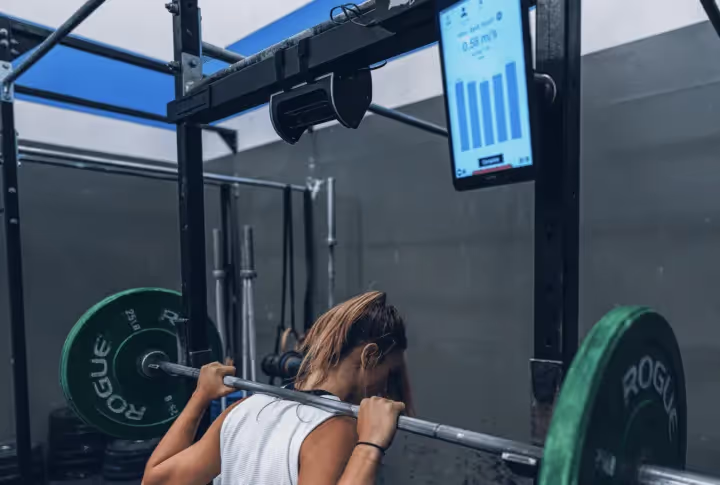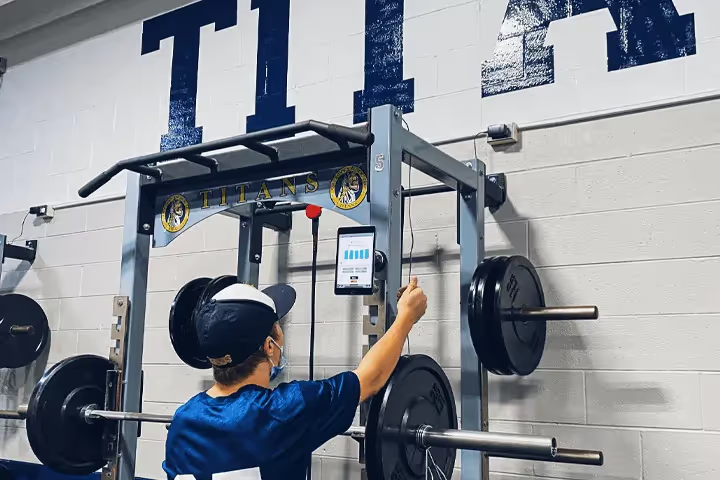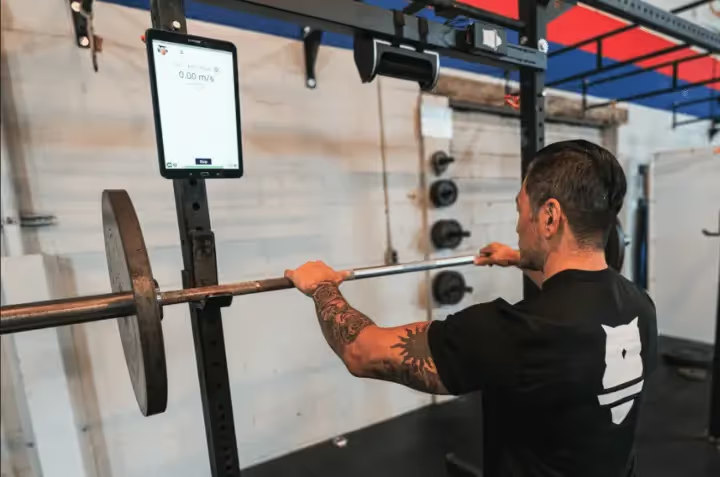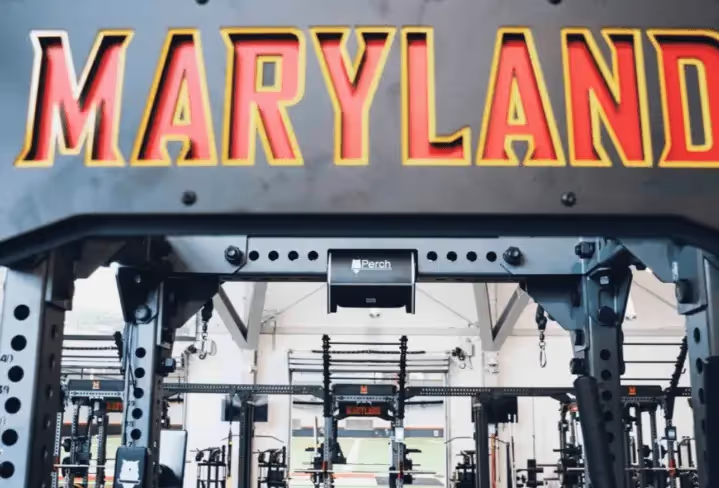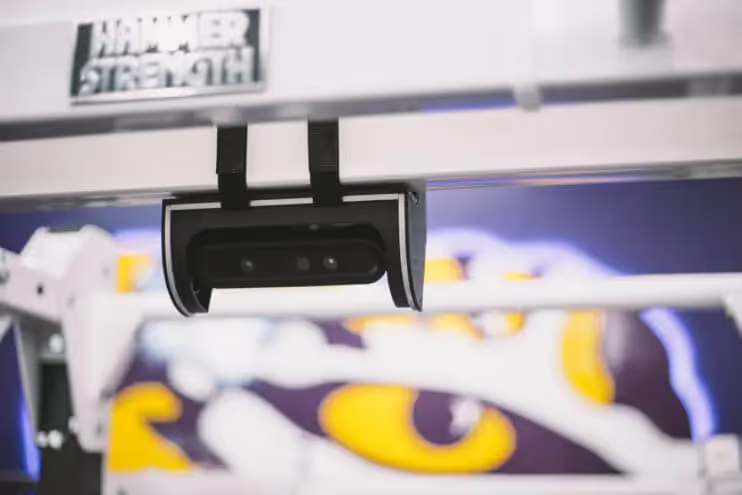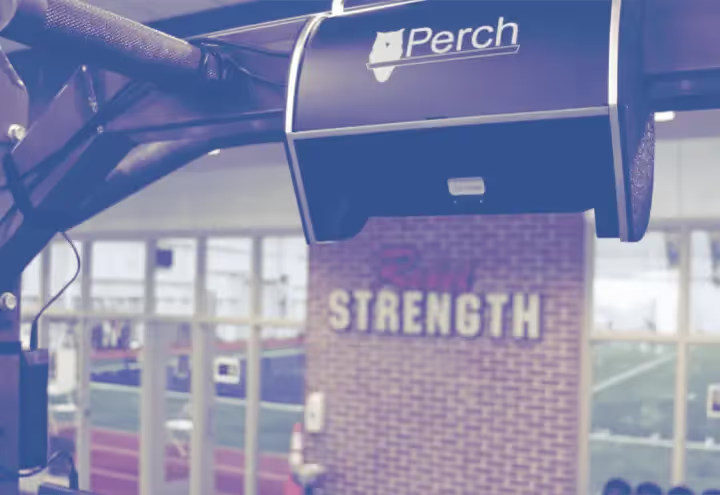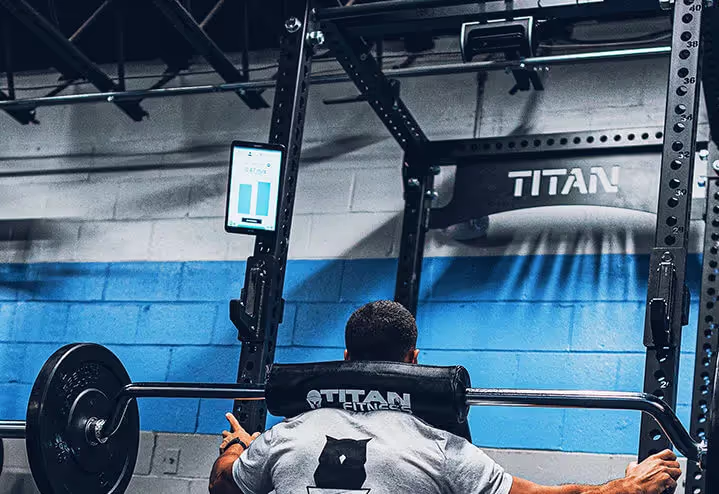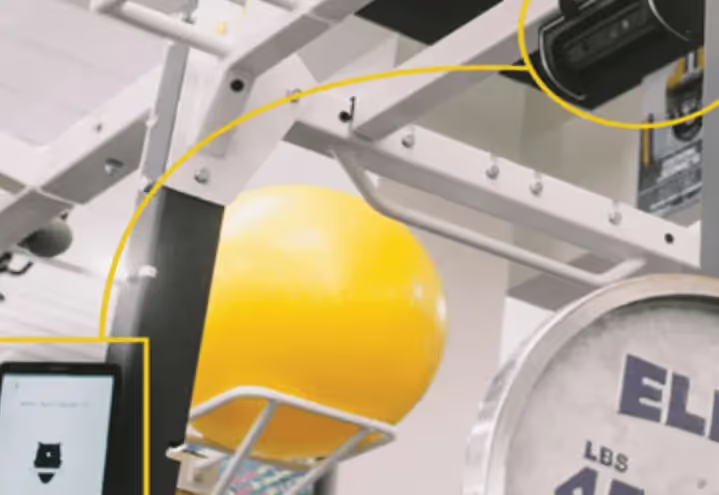Periodization and Programming With VBT

Periodization and programming with VBT can be difficult to understand when first learning about VBT. The two most common questions for those first learning about velocity based training are:
- How to program week to week
- How can overall periodization effect the training year for your team or athlete
As with most sports performance or strength and conditioning, there is no one size fits all approach . It will depend on the sport or type of athlete you are training, the needs analysis of the individual, the competitive season and game schedule, and what the tendencies of the sport coach are with regards to volume and intensity of training sessions. This is nothing new as far as periodization for strength training goes. Ultimately, velocity based training is no harder to conceptualize into an overall training plan than traditional percentage based training.
In fact, it may be easier because (as you will see) you simply assign a velocity zone or a specific velocity for a training adaptation through a phase and any alterations can take place on the fly with ease. The finer details with which you can assign velocities is often where the confusion lies. We will explain the most common ways to prescribe velocity here and you can experiment and select what works best for you and your program.
ANNUAL PLANNING
Quickly, we want to review annual planning for strength training before delving deeper. The annual plan is the zoomed out look at a team or individual’s training season. This is essentially the 30,000 foot view. And it is almost always in the best case scenario. We’re going to talk about this in terms of levels. The annual plan is the highest level and is used interchangeably with the term Macrocycle. After that comes individual mesocycles or two or more phases or cycles within the larger macrocycle. The NSCA text has categorized several mesocycles into the following [7]:
- Preparatory phase/offseason (4-6 months)
- First transition period/pre-season (6-12 weeks)
- In season/early season competition (6-12 weeks)
- In season/peak competition (6-12 weeks)
- Second transition period/immediate post season (1-4 weeks)
You may notice there are general time assignments with each mesocycle. These are broken down further into microcycles which are shorter periods that can range from a few days to a few weeks and are the last major level of periodization. This is where specific adaptations for a particular training cycle come into play. Think hypertrophy, strength, speed-strength etc. And this is where outfitting percentages or in our case, velocity, also comes into play in a big way [7].
If you are a visual person, take a look at this basic annual plan categorized out for your convenience.

VBT ZONES ASSIGNED
There are some discrepancies in what percentages belong to what velocities. This is largely due to exercise selection and something we will address here too. Researchers González-Badillo and Sánchez-Medina concluded in a paper that there existed a near perfect relationship between relative load and mean velocity (R²=0.98). Meaning that knowing a velocity, the percentage RM can be predicted with great accuracy. Their study focused on the bench press, so while not perfect and ideal for every lift, it is a good starting point. The chart that accompanies their results is below [3].
![Taken from Researchers González-Badillo and Sánchez-Medina paper Movement velocity as a measure of loading intensity in resistance training [3].](https://cdn.prod.website-files.com/662aafb2bbfc6e8c07df7082/66ec87291790f4d8ff7b2a4f_664f34c8eef51273d0c8030b_63ce49cf9503666995f36211_table.avif)
Some more helpful charts/resources are below. Since velocity zones are variable given the exercise in question, and the training age of the athlete, among other factors, the following is to be taken with a grain of salt. It is not written in stone, and is subject to change within variables. The two charts do not necessarily agree either, which is why we wanted to give both. They are adapted from Bryan Mann’s book in addition to research cited below and will be a good starting point to help you with understanding percentages and VBT. The only true way to understand this is to try it yourself and with various teams to help you build your own profiles for athletes with more precision.

MINIMUM VELOCITY THRESHOLDS
A minimum velocity threshold (MVT) is exactly what it sounds like. It is the slowest velocity a bar can move at that a coach or athlete will safely find acceptable, or just before failure sets in. If you look at both charts above, the < 0.5 m/s is where we roughly cap a lift. Big heads up: this varies per lift and per athlete as well, it will typically be slower in athletes who are well trained, and higher in athletes who have a younger training age. The bench press presents a much slower MVT than the squat. And the squat and deadlift present similar MVT [8].
MORE PERSPECTIVE
If we go back to the 30,000 foot view or annual planning or macrocycle, we can get a better idea of where and when to assign these velocity zones. Again, this is all about training for specific adaptations at specific times of the year. That decision is still for coaches to make as the practitioner. Below is the traditional phases for strength training alongside its percentage, and alongside the suggested velocity. As a major disclaimer, this is by no means finite nor comprehensive. We want to provide guidelines and suggestions to help you get started with velocity based training. We believe in velocity based training as an incredible tool that can enhance performance and minimize injury if leveraged properly. So we want to help provide the means to do that. All of our suggestions are based on the research, so please read further into our sources if you want to know more! The two major sources for the below were Bryan Mann’s Developing Explosive Athletes and Tudor Bompa’s Periodization Training for Sport [2,6].

PROGRAMMING VBT AND ANNUAL PLAN CONSIDERATIONS
While periodization of training is an important factor, much like traditional percentage based training, velocity based training involves a lot of research and experimentation for you to figure out how you want to program. Everything stated above is based in the research, and is definitely a good place to start, but we encourage you to do more digging. We love sifting through data and research and providing educational content to you, but the best part of all of this is you can experiment with it too! Let us know what you find out.
OTHER RELEVANT POSTS!
Want to learn more about the basics of VBT? Check out Perch’s VBT Dictionary!
Curious about how to program VBT? Check out our post on Common VBT Programming Methods!
FOLLOW US!
Keep checking back for more velocity based training content, tips, tricks, and tools. And don’t forget to follow us on Twitter , Instagram and Linkedin and like us on Facebook .
Read more about Perch here! And check out Product Videos here. And our support website here.
Back to basics? Review the origins of VBT and Strength Training!
SOURCES
- Banyard, H.; Nosaka, K.; Haff, G. Reliability and validity of the load-velocity relationship to predict the 1rm back squat. J. Strength Cond. Res. 2016, 31, 1897–1904.
- Bompa, T., & Buzzichelli, C. (2015). Periodization training for sports (Third ed.). Champaign: Human Kinetics.
- Gonzalez-Badillo, J.; Sanchez-Medina, L. Movement velocity as a measure of loading intensity in resistance training. Int. J. Sports Med. 2010, 31, 347–352.
- Jidovtseff, B.; Harris, N.; Crielaard, J.; Cronin, J. Using the load-velocity relationship for 1rm prediction. J. Strength Cond. Res. 2011, 25, 267–270.
- Jovanovich, M.; Flanagan, E. Research application of velocity based strength training. J. Aust. Strength Cond. 2014, 22, 58–69.
- Mann, B., Kazadi, K., Pirrung, E., & Jensen, J. (2016). Developing explosive athletes: Use of velocity based training in athletes. Muskegon Heights, MI: Ultimate Athlete Concepts.
- National Strength & Conditioning Association (U.S.). (2016). Essentials of strength training and conditioning (Fourth ed.) (G. Haff & N. Triplett, Eds.). Champaign, IL: Human Kinetics.
- Lake, J., Naworynsky, D., Duncan, F., Jackson, M., Comparison of Different Minimal Velocity Thresholds to Establish Deadlift One Repetition Maximum. (2017). Sports, 5(3), 70.

Start Gathering Data With Perch Today!
Reach out to us to speak with a representative and get started using Perch in your facility.

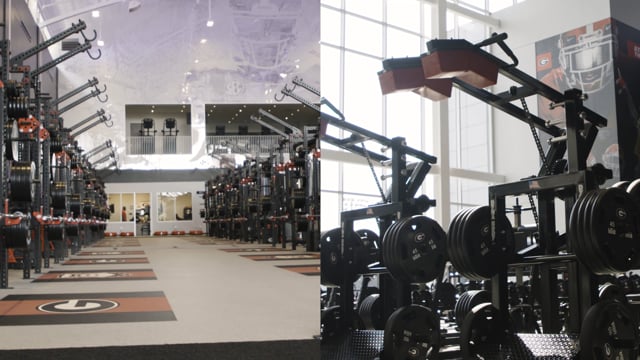
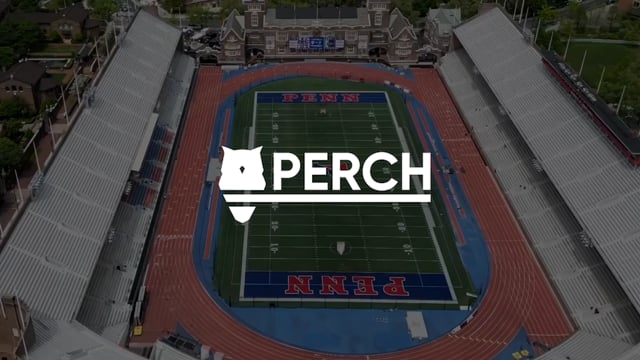
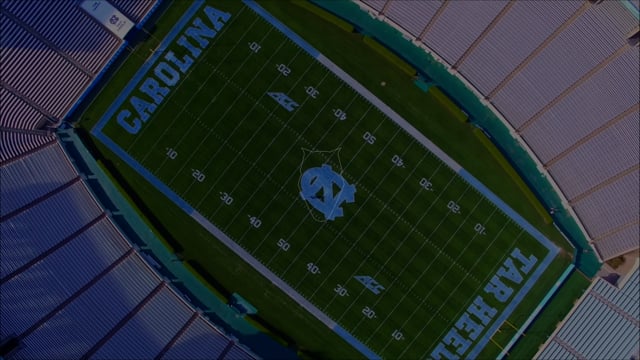

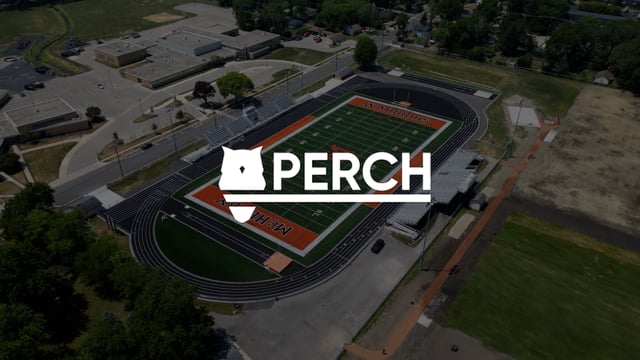
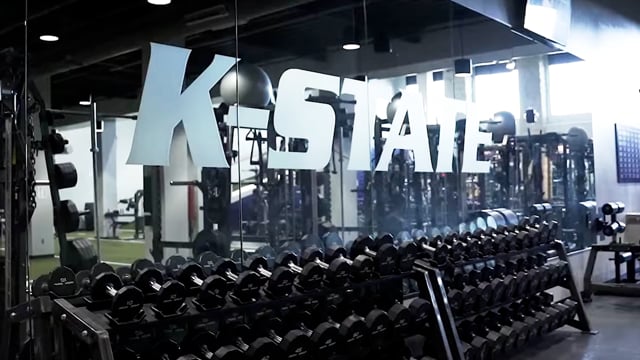


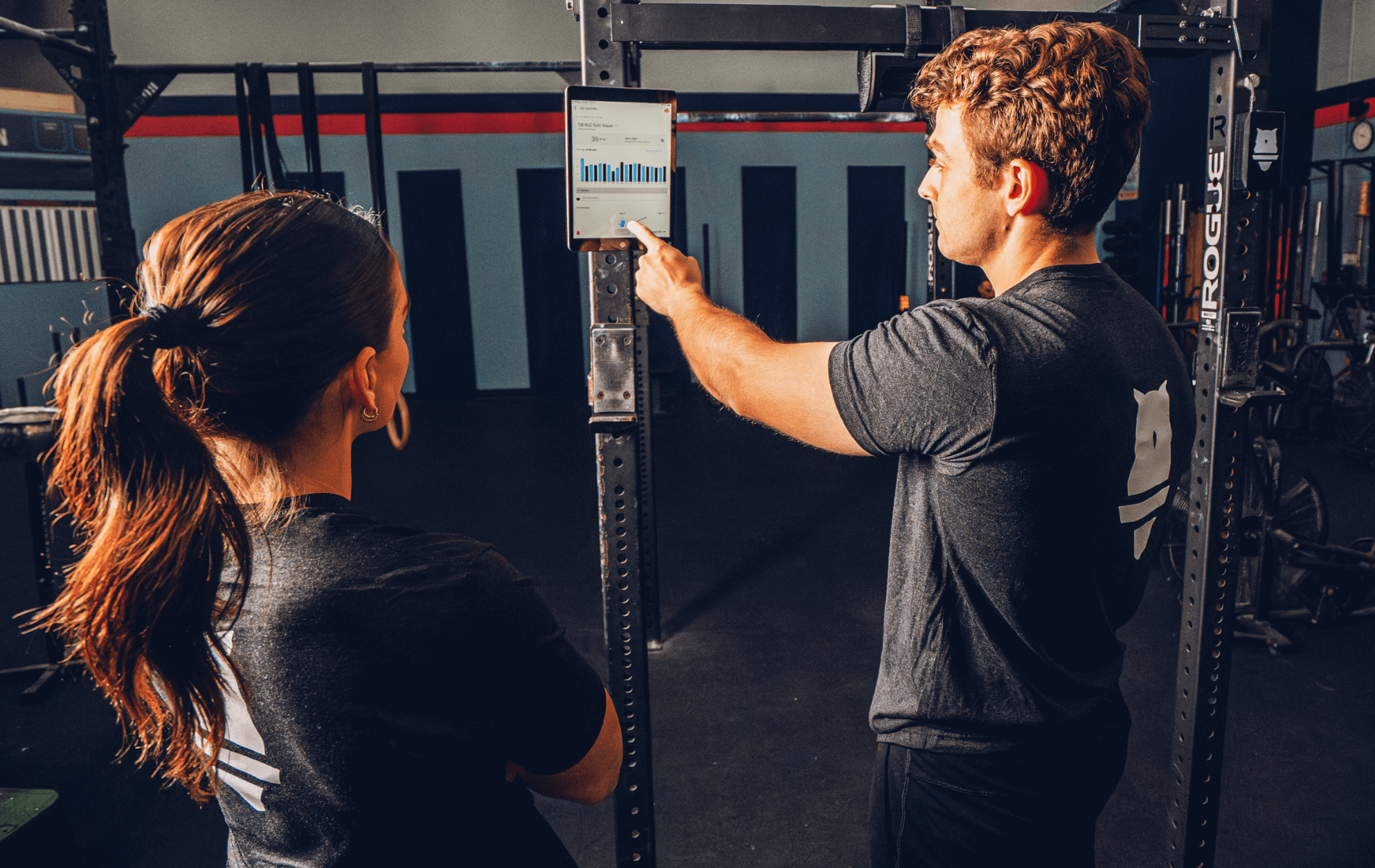
































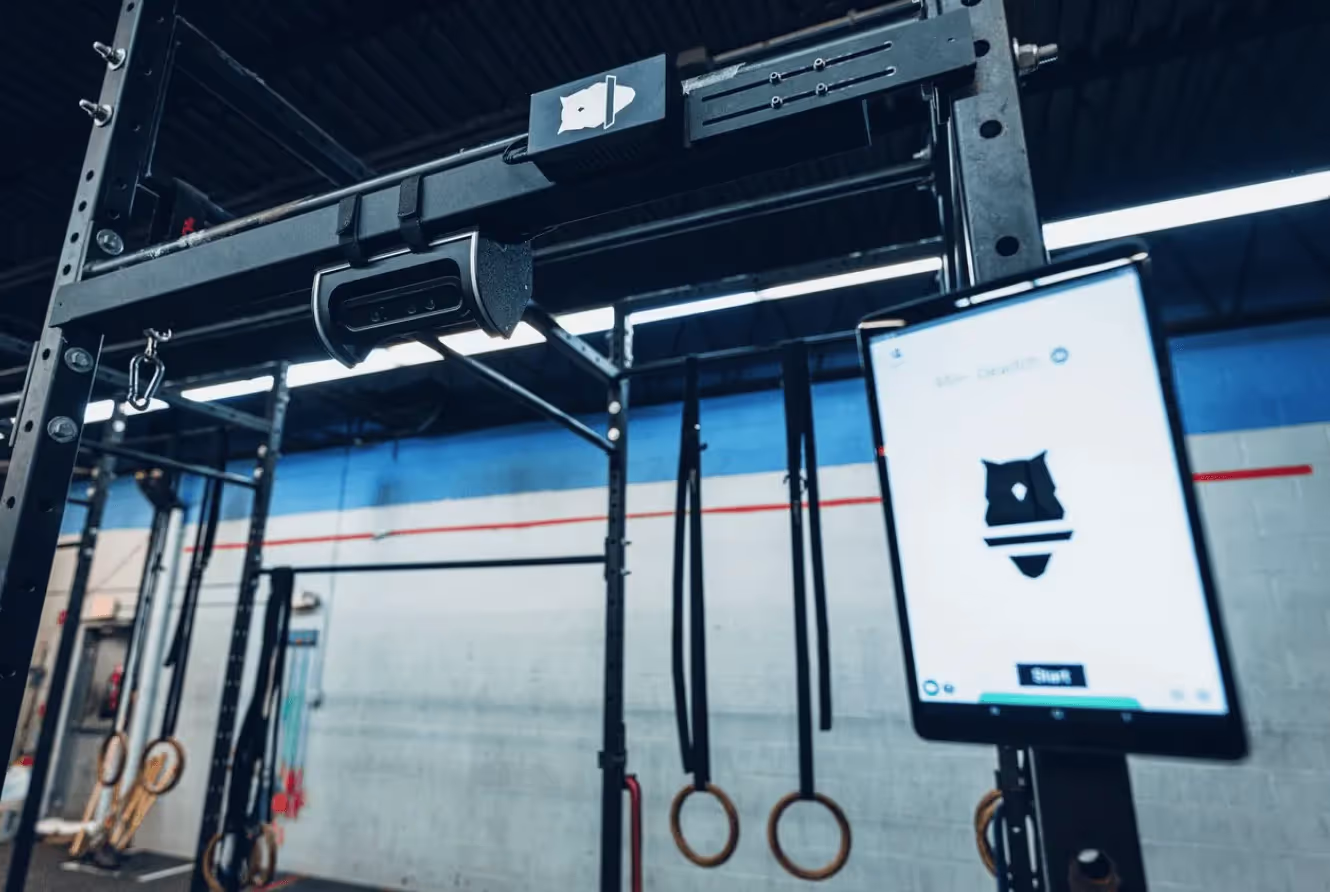
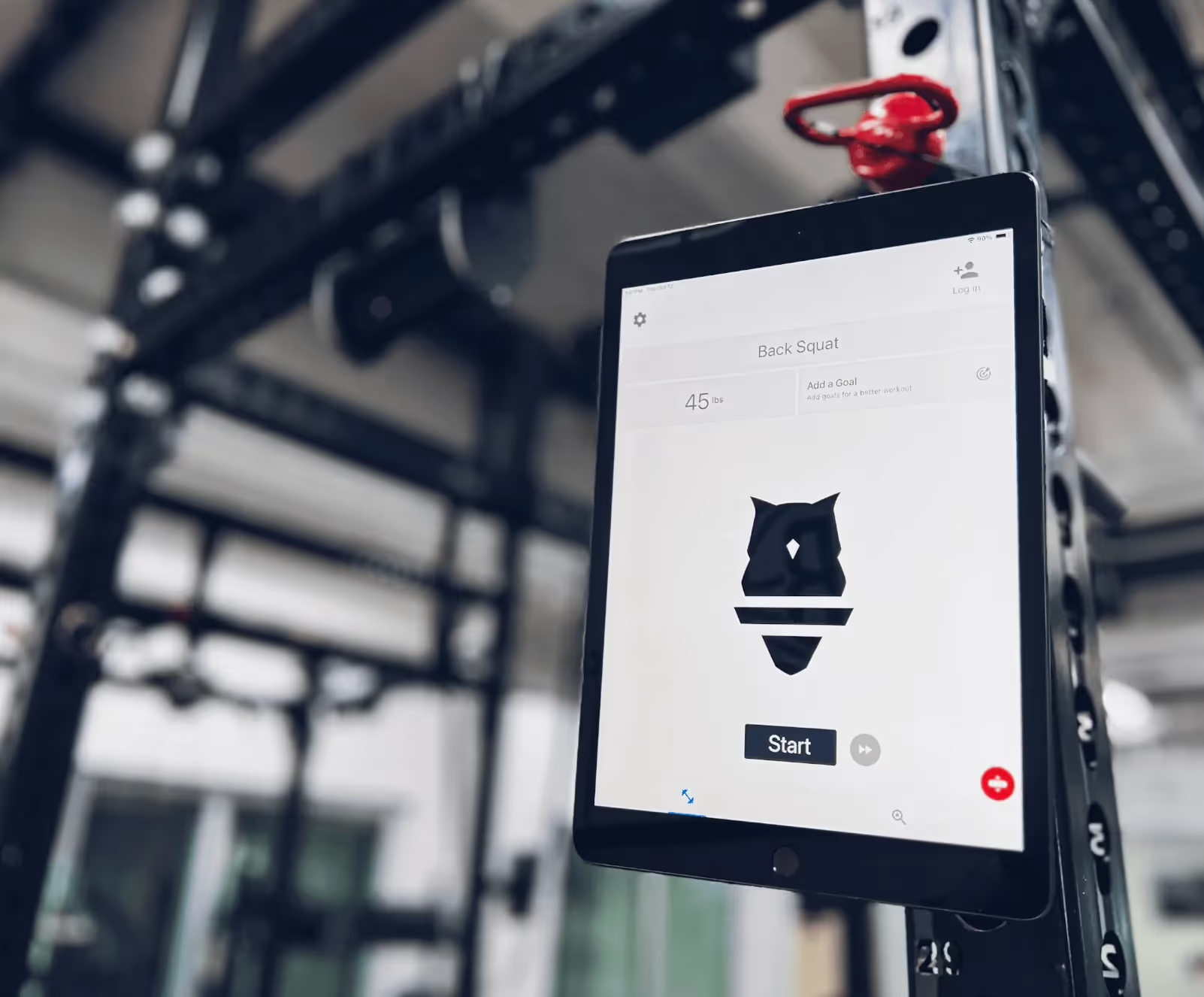



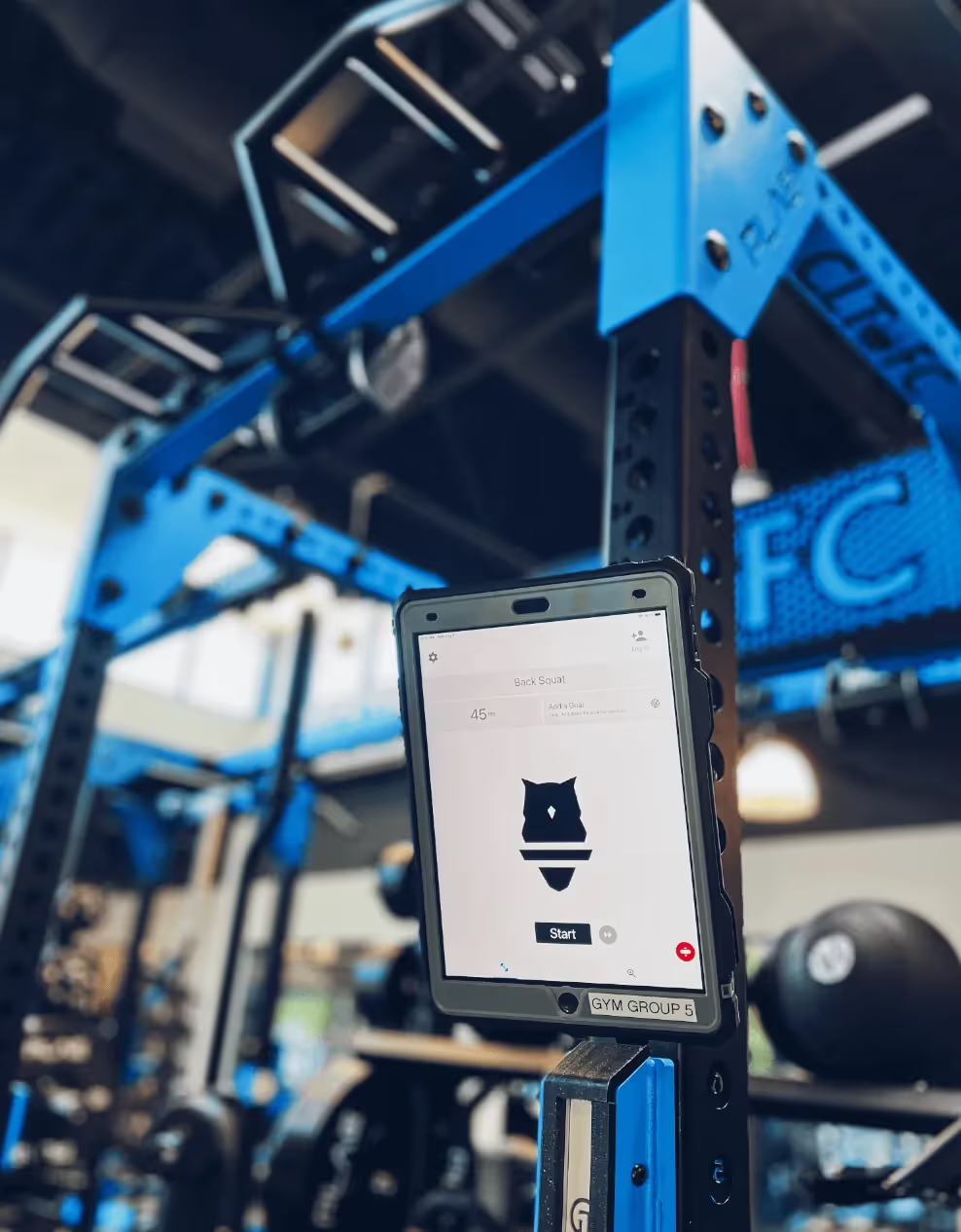
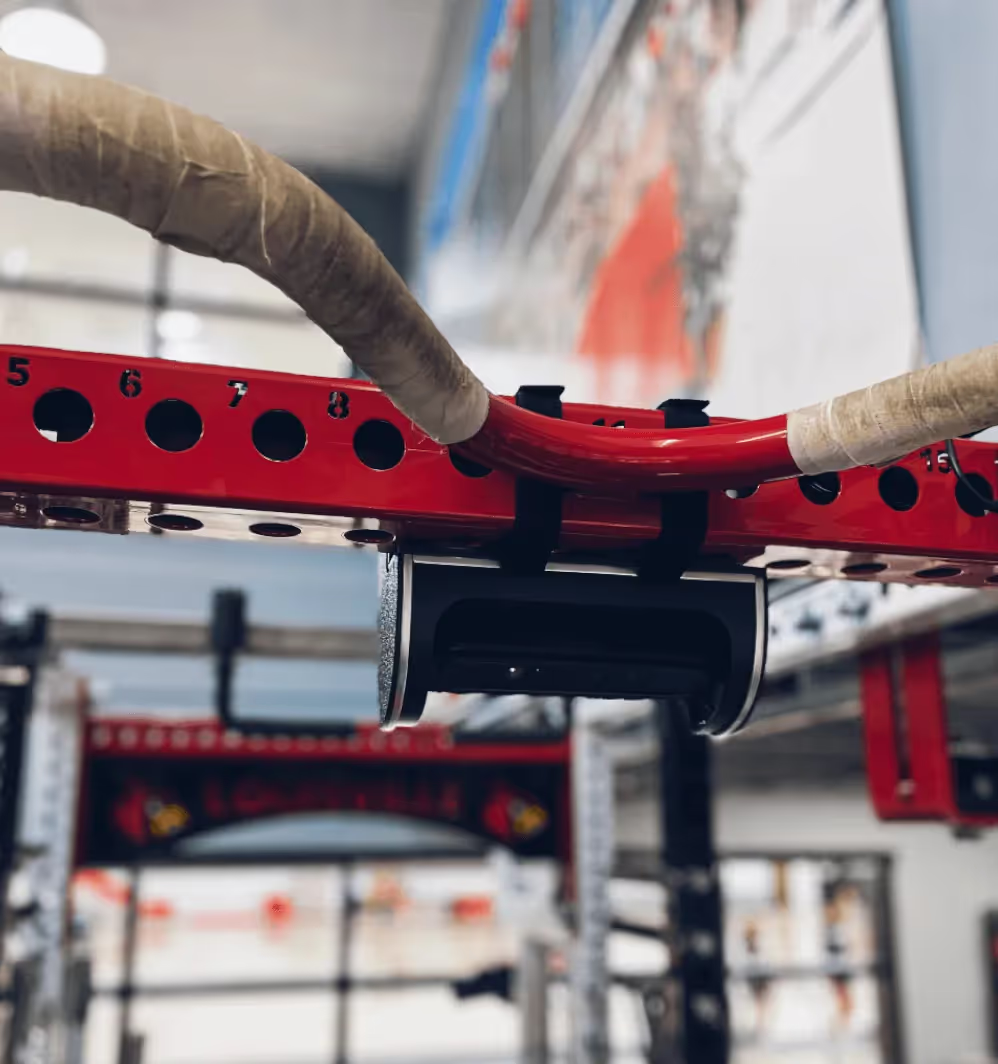






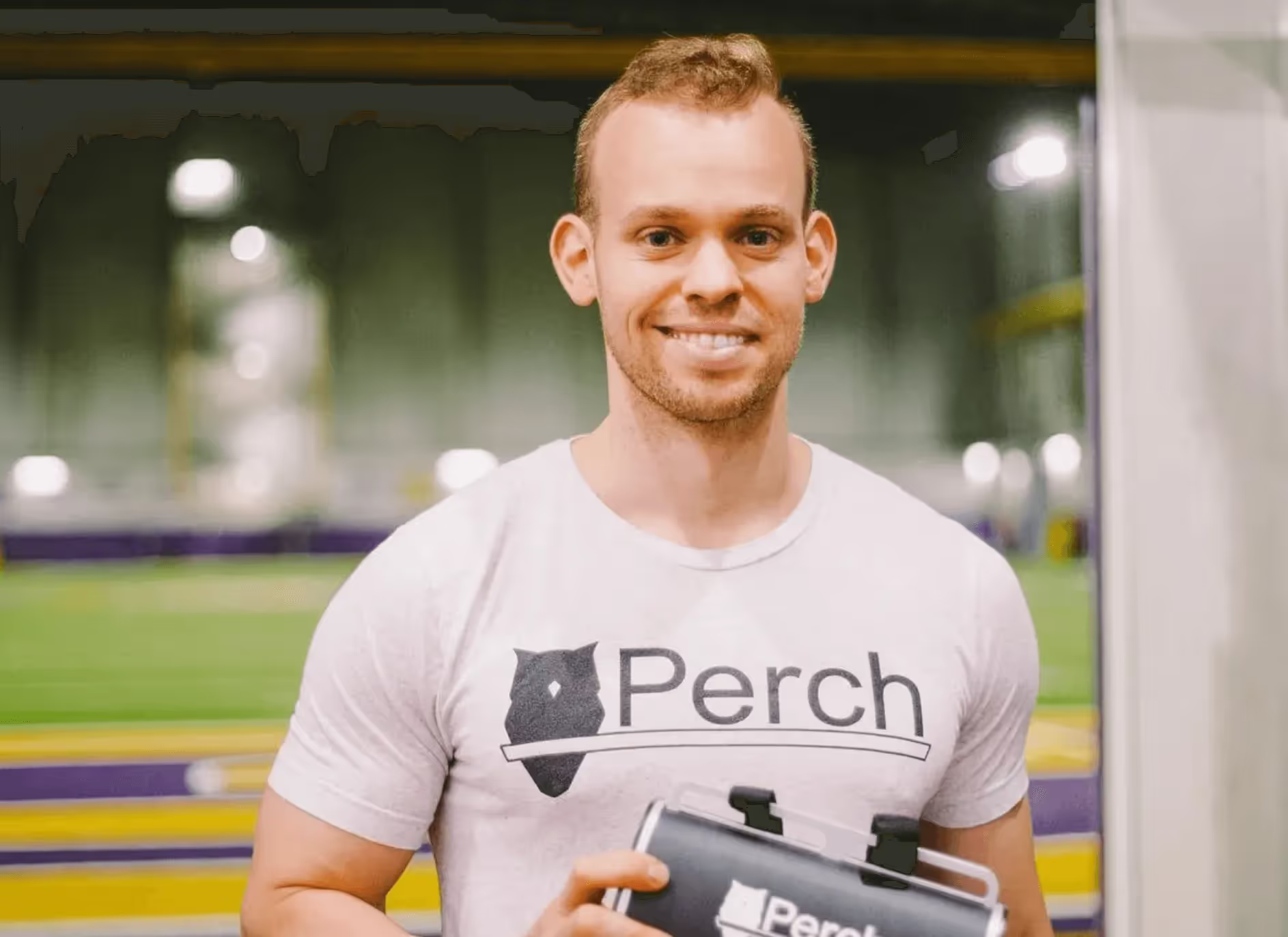


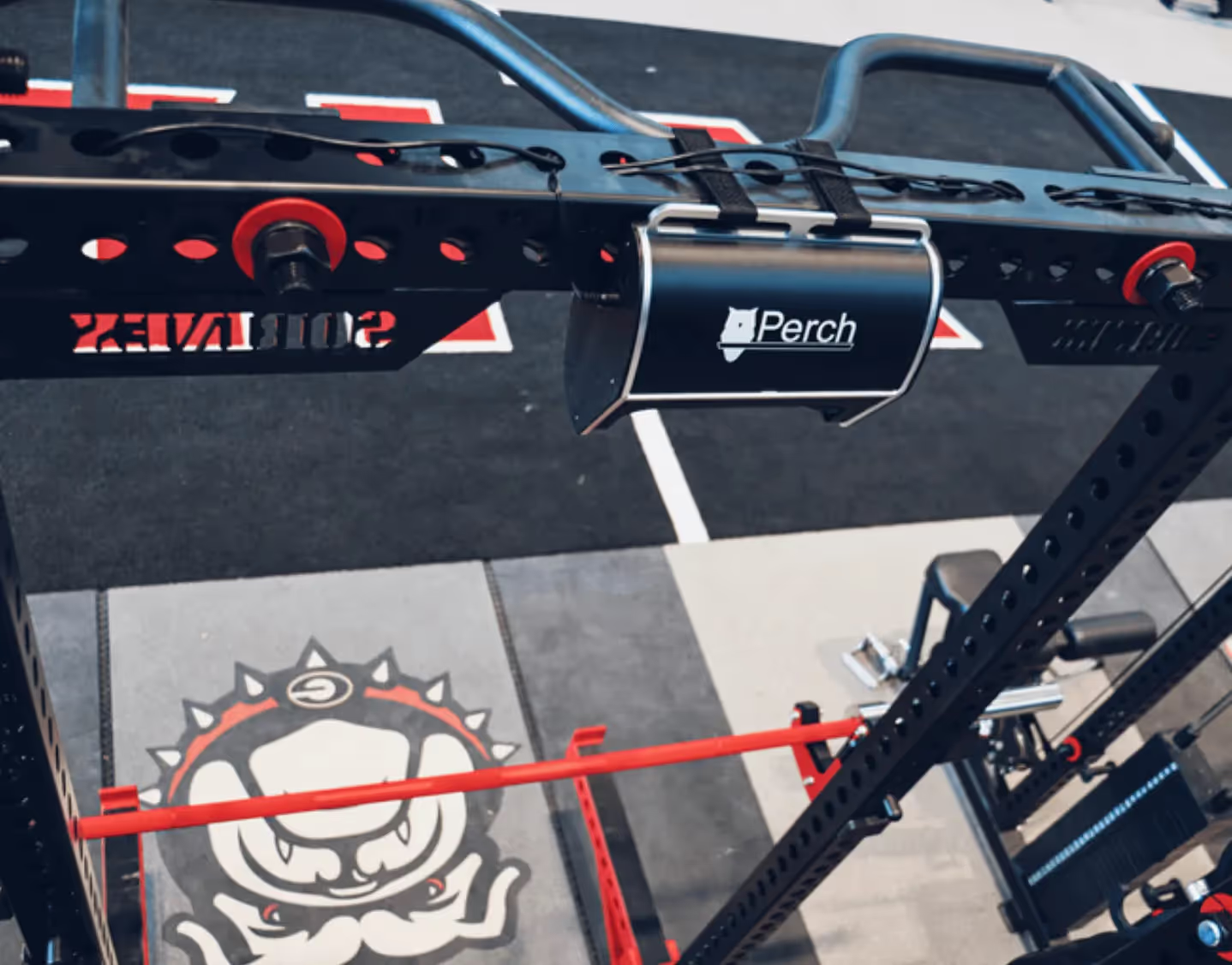


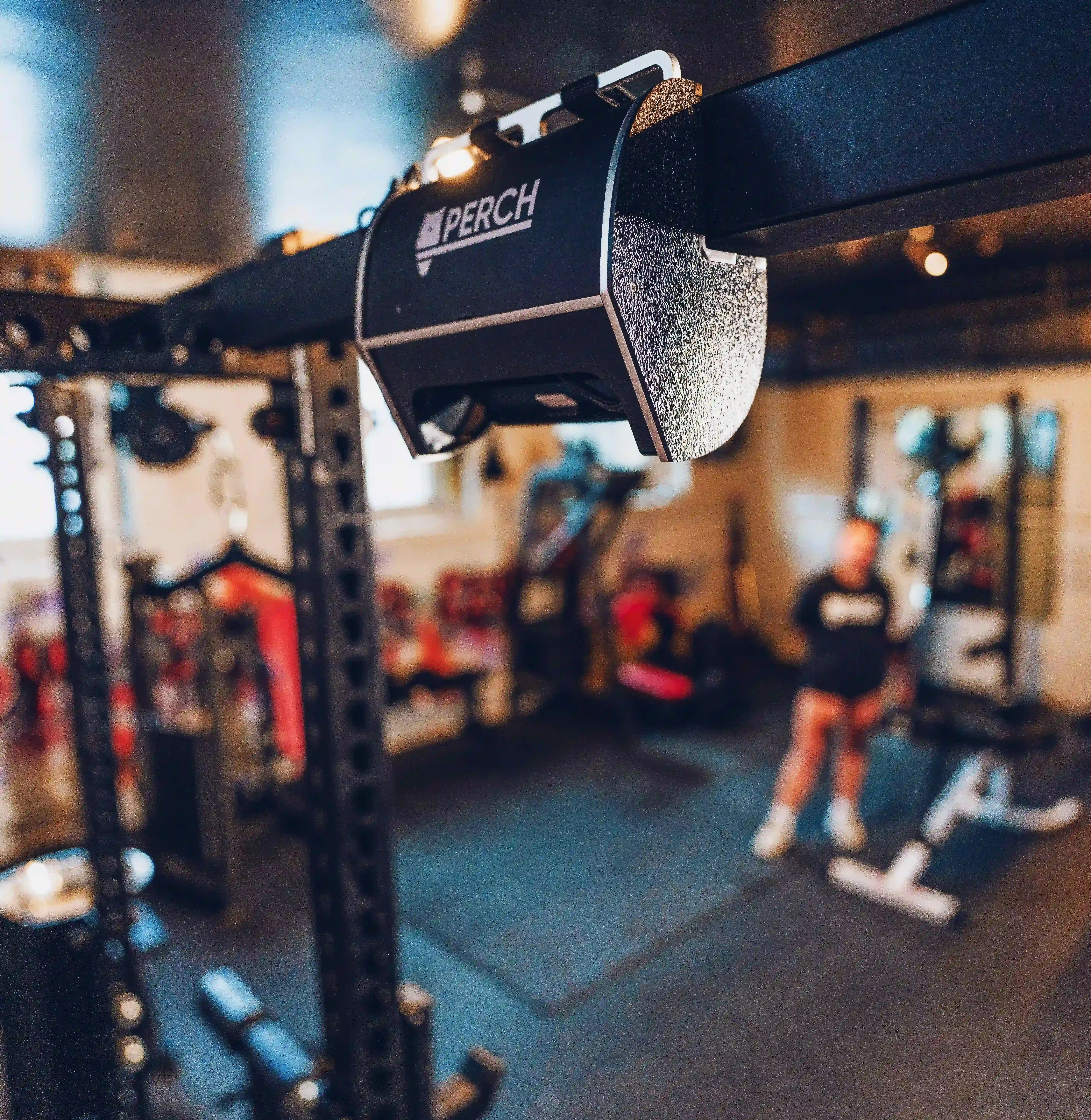
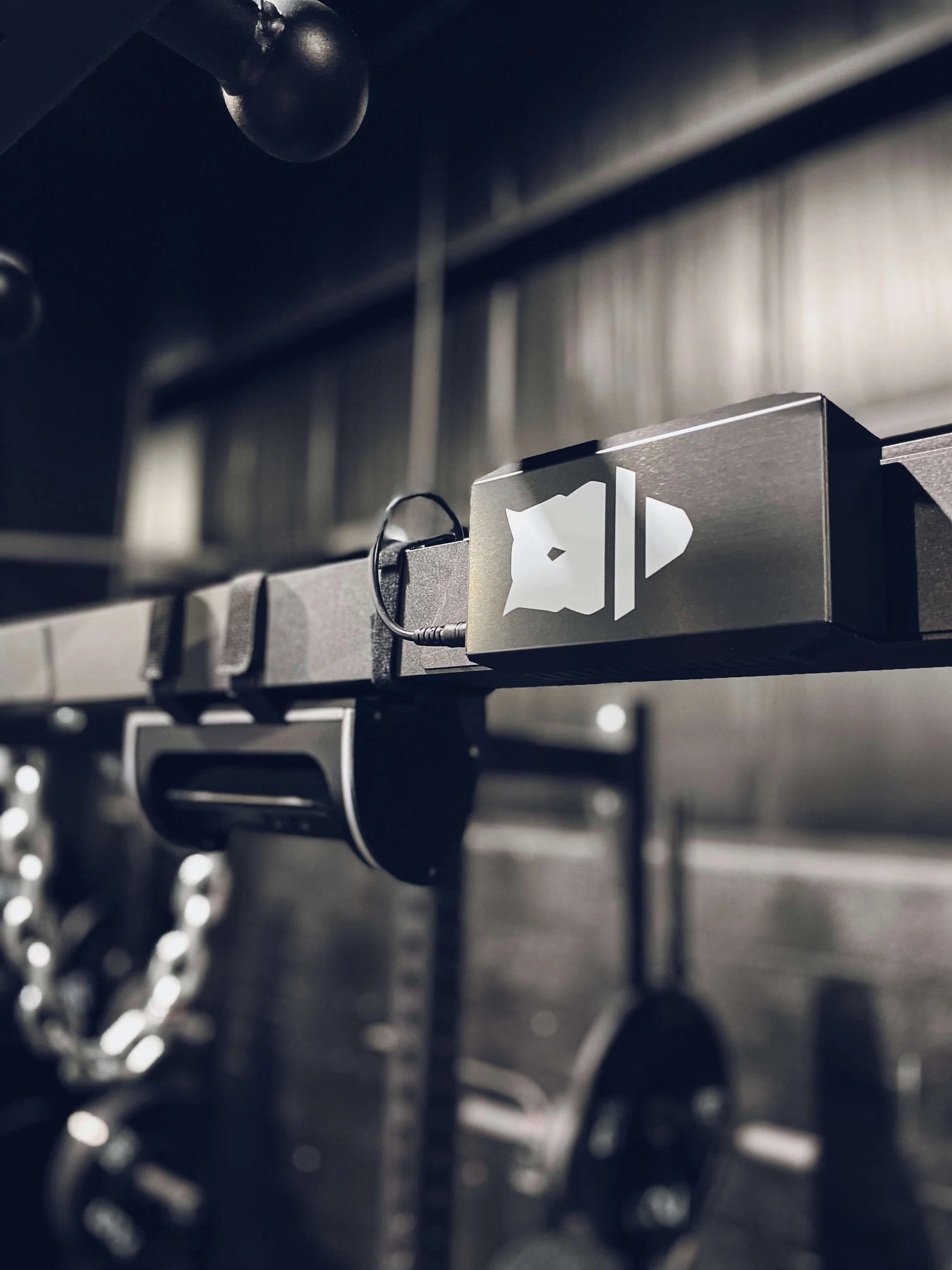

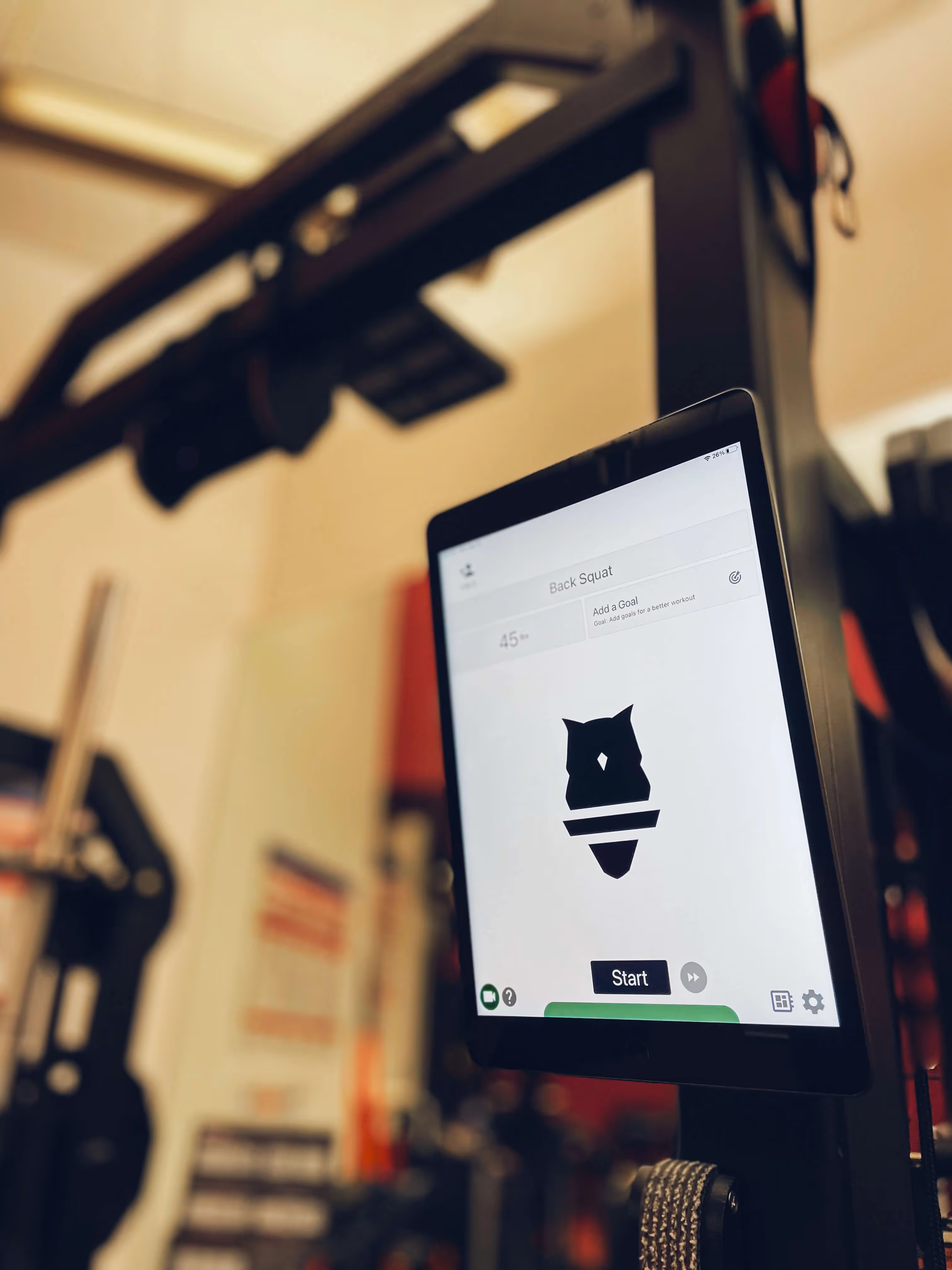

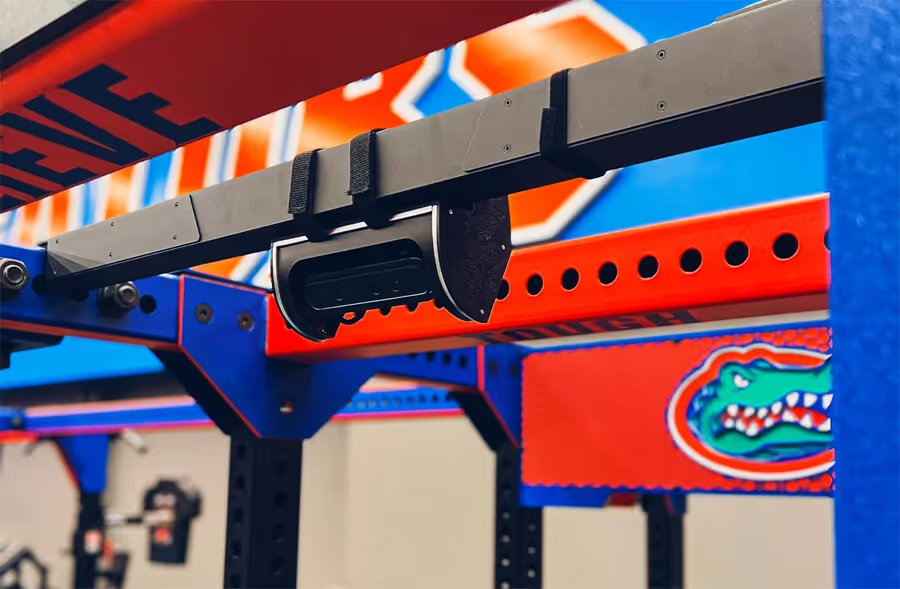
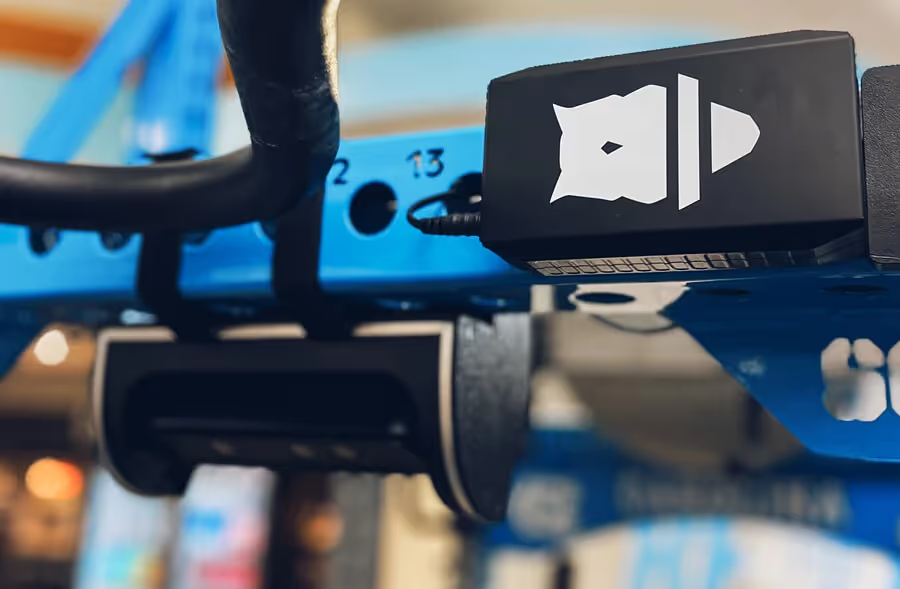

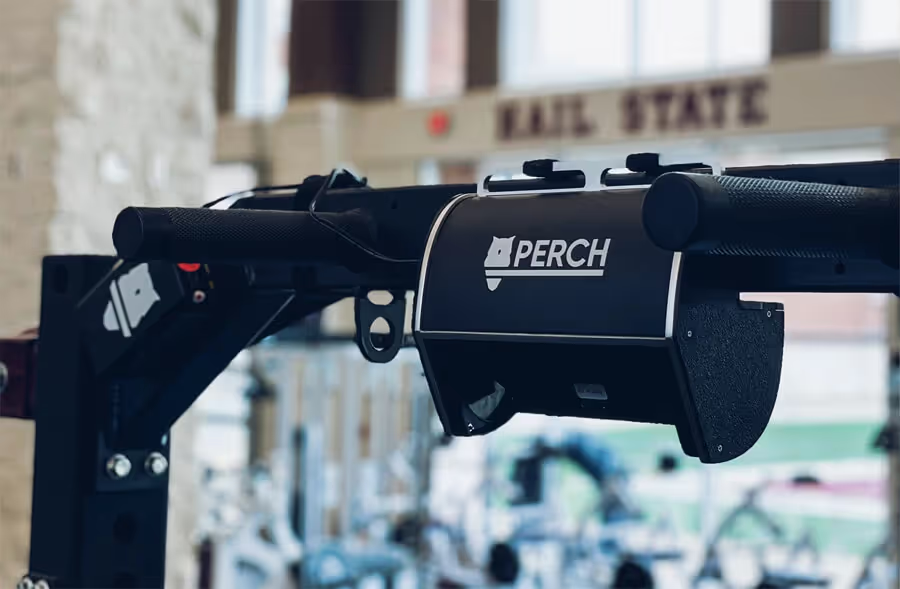



.avif)

